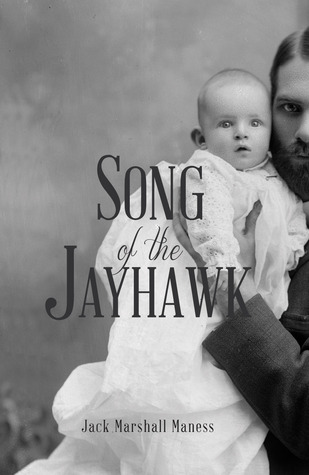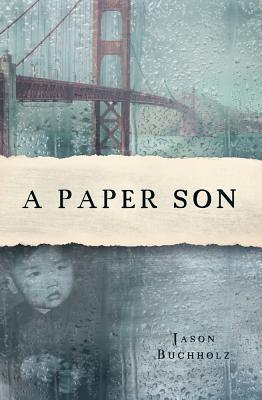1942. With the Nazi Party at the height of its power, the occupying army empties Poland’s towns and cities of their Jewish populations. As neighbor turns on neighbor and survival often demands unthinkable choices, Poland has become a moral quagmire—a place of shifting truths and blinding ambiguities.
Blending folklore and fact, Helen Maryles Shankman shows us the people of Wlodawa, a remote Polish town.
Extract from the Goodreads description
January 27th was Holocaust Memorial Day, so I have moved this review forward a week to coincide with it. You might be forgiven for thinking that everything that can be said about the Holocaust and every way of saying it has already been published, but you would be wrong. They Were Like Family to Me is an interesting addition to the corpus of holocaust literature, taking an original approach to the subject.
This book is described as a collection of linked stories and so it is. But I would argue it is more than that. Each story is set in the town of Wlodawa and surroundings and each is seen from the point of view of a different character, German, Polish or Jew. The story of what happened in that town is built up in a way that is impossible if seen from one viewpoint. Certain incidents and characters which happen en passant in one story come to the fore and into focus in another. This is what a historian always experiences - there is no one narrative, no overriding story arc. There is only a series of perspectives that together enable you to form a view, but, and this is a big but, there is always the knowledge that there are millions of people's points of view that you never hear. Where is that historical reality more apparent than in the case of genocide?
Helen Maryles Shankman comes from a family of holocaust survivors and she integrates aspects of her family's history into the stories. She also bases some of the storylines and characters on other historical personalities. The artist and writer in the title story is obviously inspired by the death of Bruno Schultz, whilst the benevolent and enigmatic Willy Reinhart bears strong similarities to Oskar Schindler and a similar less-known character from Shankman's family stories.
One of the book's strengths is that its structure allows us to see the world through the eyes of the oppressor as well as the oppressed. The story They Were Like Family to Me is told from the point of view of a hardened SS killer who takes the artist under his protecton. In The Jew Killer the central character is an anti-semitic Pole, who is forced to confront his feelings when he has to protect a young Jewish girl. Finally of course there is the story at the end of the book told from the point of Willy Reinhart. These stories were my favourites in the collection and it seemed to me the enigma of Reinhart in some way was the narrative driver of the book.
Magic realism pervades the stories - the resistance to the Germans is often personified in the form of a mythical being such as the Golem or a werewolf, and on one occasion the very land of Poland rises up against the oppressors. Wlodawa sits on the edge of the dark forest. It is where the Germans take the Jews to be murdered, but it is also where the mythical and subconscious dwell. It is where the Jewish partisans can be shapeshifters. The magic only partly succeeds. It cannot do otherwise. Magical monsters are no match in the long term for the real monsters of the Nazi killing machine. And yet there is a mysticism in these stories and a hope that transcends the darkness.
I received this book free from the publisher in return for a fair review.
NB this book was originally titled In the Land of Armadillos
NB this book was originally titled In the Land of Armadillos




